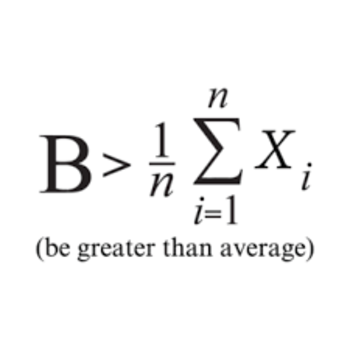What is the equilibrium concentration of H3O+ in a 0.20 M solution of oxalic acid?
Polyprotic acids contain more than one dissociable proton. Each dissociation step has its own acid-dissociation constant, Ka1, Ka2, etc. For example, a diprotic acid H2A reacts as follows:
H2A(aq)+H2O(l)⇌H3O+(aq)+HA−(aq)
Ka1=[H3O+][HA−][H2A]
HA−(aq)+H2O(l)⇌H3O+(aq)+A2−(aq)
Ka2=[H3O+][A2−][HA−]
In general, Ka2 = [A2−] for a solution of a weak diprotic acid because [H3O+]≈[HA−].
Many household cleaning products contain oxalic acid, H2C2O4, a diprotic acid with the following dissociation constants: Ka1=5.9×10−2, Ka2=6.4×10−5.
Polyprotic acids contain more than one dissociable proton. Each dissociation step has its own acid-dissociation constant, Ka1, Ka2, etc. For example, a diprotic acid H2A reacts as follows:
H2A(aq)+H2O(l)⇌H3O+(aq)+HA−(aq)
Ka1=[H3O+][HA−][H2A]
HA−(aq)+H2O(l)⇌H3O+(aq)+A2−(aq)
Ka2=[H3O+][A2−][HA−]
In general, Ka2 = [A2−] for a solution of a weak diprotic acid because [H3O+]≈[HA−].
Many household cleaning products contain oxalic acid, H2C2O4, a diprotic acid with the following dissociation constants: Ka1=5.9×10−2, Ka2=6.4×10−5.
1 Answer
See below.
Explanation:
If the concentration of the acid is 0.2 then we can find the
Also, I call Oxalic acid as
Remember:
So in the first dissociation:
Hence we can say the following:
As the
So:
Now the oxalate ion will continue to dissociate, and we know that this is the anion- so we plug in the
Then we add the concentrations from the dissociations:
of

